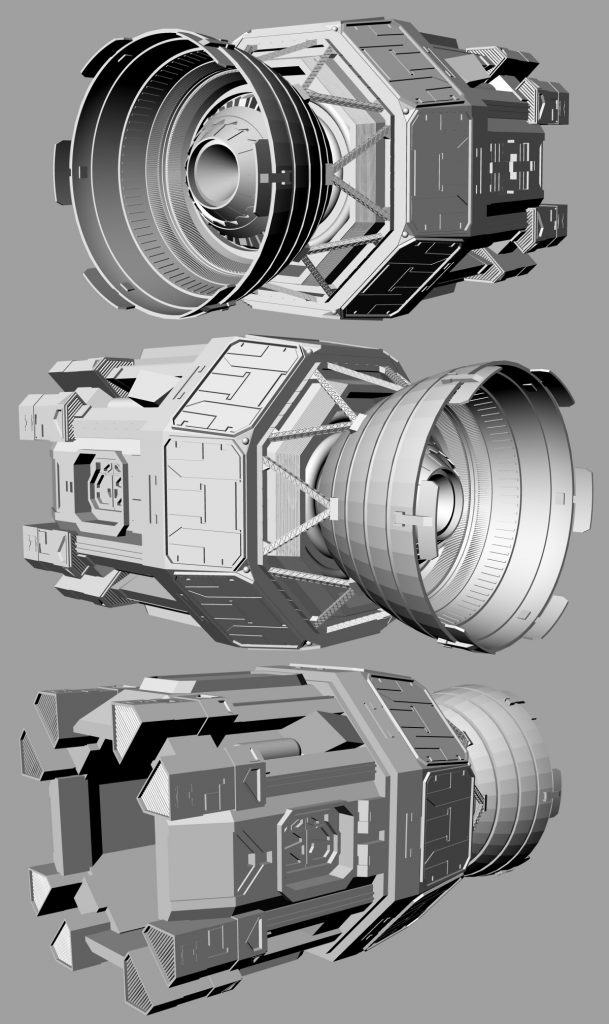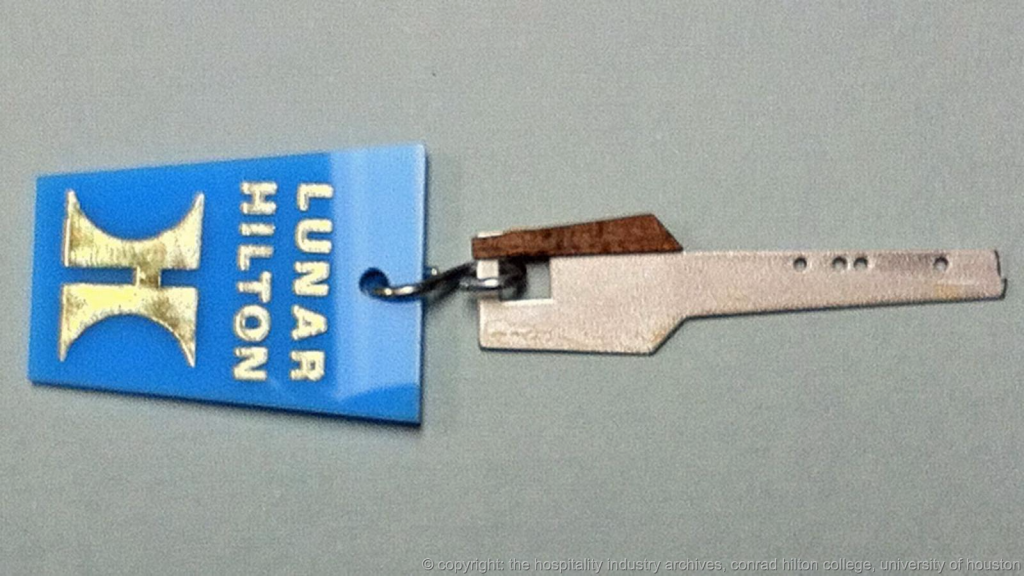Progress…

Probably wisely, the fusion “Epstein Drive” used by ships in the universe of “The Expanse” are not described much at all. Since the mechanics of the drive systems are not germain to the plot, it’s best to leave them as undescribed as the mechanics of the internal combustion engine in a story about someone driving a taxi cab. Still, hints are dropped here and there, including that they use “fuel pellets.” This would tend to indicate that it’s a form of nuclear pulse propulsion, but one with not only an insanely high pulse rate, but also extreme thrust *and* extreme Isp. The result of that should be an extreme amount of waste heat that would need to be radiated, but clearly the ships of The Expanse don’t have giant radiators. There are theoretical ways to explain that away, but from what I’ve read so far it hasn’t been touched on. I know how I explain the lack of radiators on the fusion powered ships in *my* fiction…
UPDATE: In “Cibola Burn,” Alex the pilot gives a very, very brief description of the engine. It uses lasers to crush the fuel pellets and magnetic fields to direct the resulting exhaust. So it *is* clearly a nuclear pulse system, of the inertial confinement micropellet variety.













